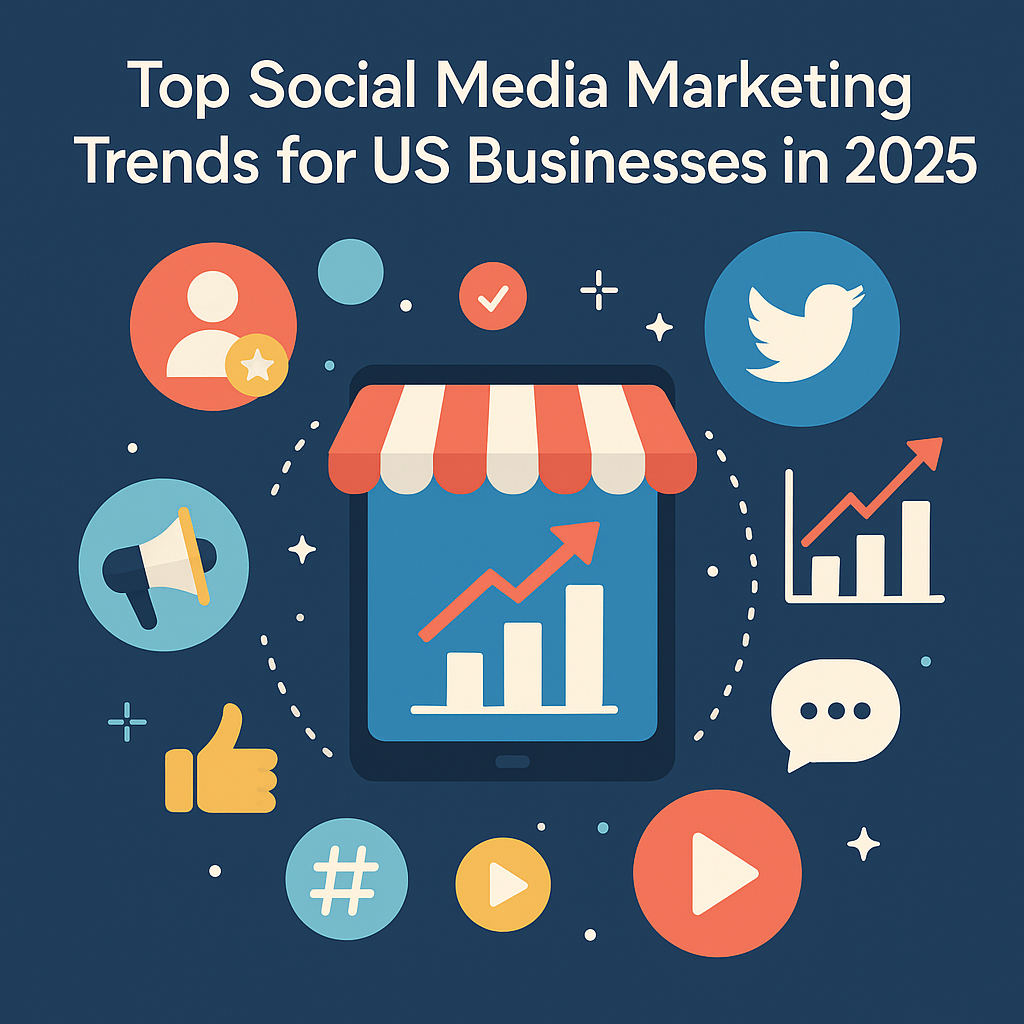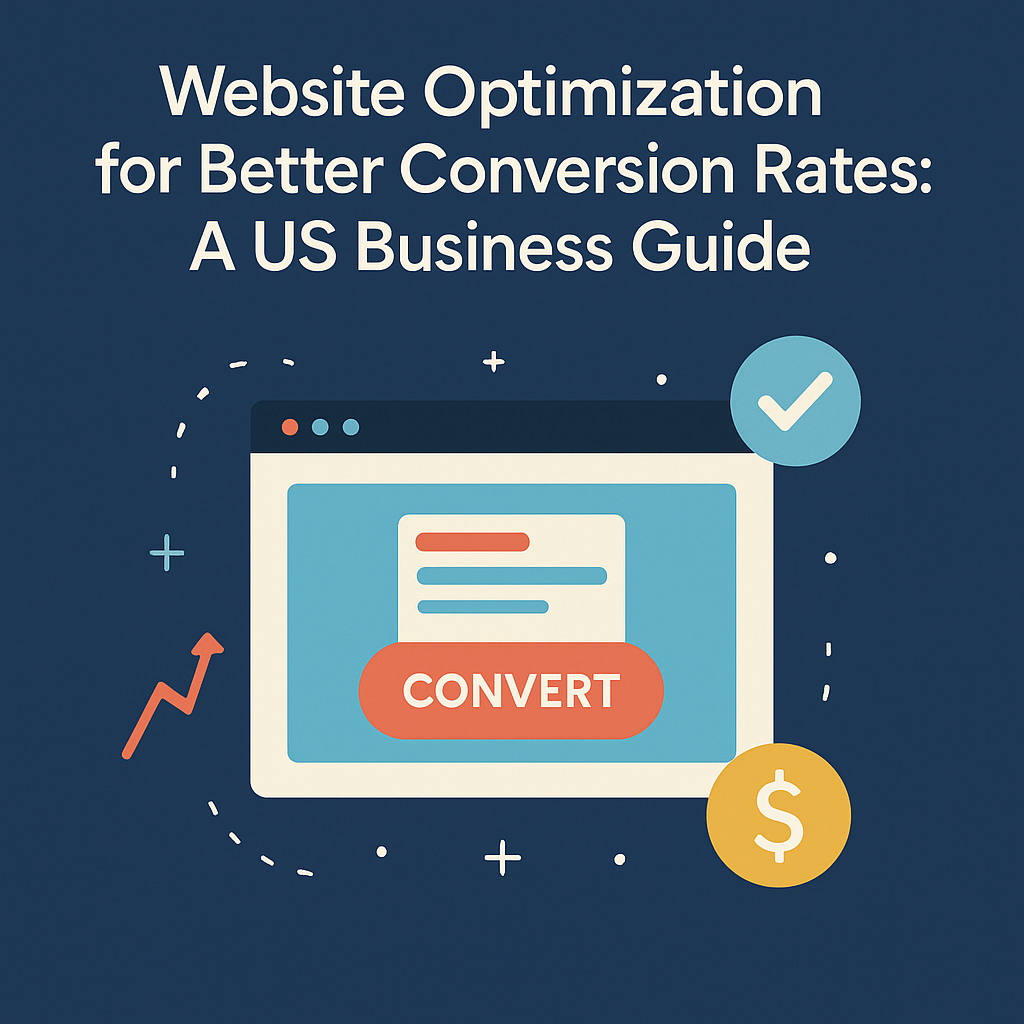- May 31, 2025
- 0 Comments
In today’s rapidly evolving digital landscape, staying ahead of social media trends is paramount for businesses aiming to thrive and remain competitive. As we approach 2025, US businesses must proactively adapt their social media marketing strategies to stay relevant, foster meaningful engagements, and drive conversions. With social media constantly transforming, understanding and leveraging upcoming trends is key to securing sustained success. Here, we delve deep into the top social media marketing trends for US businesses in 2025, providing comprehensive insights and actionable tips.
1. AI-Powered Content Creation and Personalization
The rise of artificial intelligence (AI) has revolutionized the way businesses approach content creation and personalization. AI-powered tools offer predictive analytics that help marketers better understand consumer behavior, preferences, and engagement patterns. By analyzing vast data sets, AI can craft hyper-targeted content tailored specifically to individual user preferences.
For US businesses, this means transitioning from broad, generic messaging to personalized interactions that enhance consumer satisfaction. AI-generated content significantly boosts relevance, driving higher engagement and conversion rates. By 2025, businesses that fail to integrate AI-driven personalization risk falling behind competitors who harness its power to captivate and retain audiences.
2. Short-Form Video Dominance
The explosive popularity of short-form video platforms like TikTok, Instagram Reels, and YouTube Shorts continues to reshape content strategies. In 2025, short-form videos will remain dominant due to their ability to capture users’ attention quickly and effectively communicate messages in a dynamic and engaging way.
Businesses must prioritize creating authentic, visually appealing, and concise content. Effective short-form videos convey key messages within seconds, leveraging humor, storytelling, or educational value to resonate deeply with target audiences. Successful brands will integrate this format seamlessly across platforms, enhancing visibility and engagement.
3. Augmented Reality (AR) Experiences
Augmented Reality (AR) technology has emerged as a powerful tool for enhancing customer interaction and engagement. AR enables brands to offer immersive, interactive experiences directly through social media platforms, transforming how consumers interact with products virtually before making purchase decisions.
Retail, fashion, beauty, and home decor sectors especially benefit from AR-driven content. For example, users can virtually try on products like clothing, eyewear, or furniture placements in their homes. By 2025, AR experiences will become a standard expectation rather than a novelty, dramatically increasing consumer satisfaction and conversions.
4. Emphasis on Authenticity and Transparency
In an era where consumers demand transparency, brands must prioritize authenticity and genuine interactions. Transparency in marketing communications, such as sharing behind-the-scenes content, openly discussing company values, and encouraging user-generated content, fosters stronger connections with audiences.
Businesses need to humanize their brands, building trust through genuine storytelling and openness about operations. Transparency in brand messaging not only boosts consumer confidence but also enhances loyalty and advocacy, positioning brands positively within increasingly discerning markets.
5. Social Commerce Expansion
The integration of shopping features within social media platforms has significantly transformed consumer purchasing behaviors. Platforms like Instagram, TikTok, Pinterest, and Facebook offer seamless in-app shopping experiences, allowing users to browse and purchase directly without leaving the platform.
Businesses must streamline social commerce strategies by optimizing product discovery, simplifying checkout processes, and integrating robust customer support directly within social channels. By reducing friction points and facilitating impulse purchases, brands can dramatically boost sales and revenue growth.
6. Micro-Influencer Marketing
Influencer marketing strategies are evolving, shifting focus towards micro-influencers—individuals with smaller yet highly engaged followings. Micro-influencers typically have stronger, more authentic connections with their audiences, making them powerful advocates for brands targeting niche markets.
Collaborating with micro-influencers offers businesses substantial returns on investment, providing cost-effective campaigns with high levels of engagement and trust. Identifying the right micro-influencers who align closely with brand values will be crucial in crafting impactful and credible campaigns that resonate strongly with targeted segments.
7. Enhanced Data Privacy and Compliance
With growing awareness of data privacy, consumers demand increased transparency and control over personal data usage. Businesses must adhere to stringent data privacy regulations, such as GDPR and the California Consumer Privacy Act (CCPA), and clearly communicate their data-handling practices.
Brands that prioritize data privacy and transparent communication establish credibility and foster deeper trust with their audience. By 2025, compliance with data privacy regulations won’t just be mandatory—it will be a cornerstone of successful social media marketing strategies, significantly impacting consumer relationships and brand reputation.
8. Interactive and Community-Driven Content
Interactive content remains a powerful tool for fostering deeper engagement and community-building. Polls, quizzes, live videos, and Q&A sessions enable brands to interact directly with audiences, creating valuable opportunities for two-way communication.
By focusing on interactive content, businesses encourage active participation from users, strengthening community bonds and increasing brand loyalty. Continuous interaction and community involvement amplify brand visibility organically, attracting new followers and converting existing ones into loyal brand advocates.
9. Sustainability and Social Responsibility Messaging
Consumers increasingly prefer brands that demonstrate social responsibility and sustainable practices. Social media platforms serve as pivotal channels for communicating these initiatives clearly and authentically to environmentally and socially conscious audiences.
Brands must transparently showcase their sustainability efforts, environmental initiatives, and community engagement strategies through well-crafted social media content. Authentic sustainability messaging not only differentiates businesses from competitors but also appeals strongly to consumers prioritizing ethical consumption.
10. Omni-Channel Consistency
Ensuring consistency across various social media channels is essential for maintaining a strong, recognizable brand identity. Brands need to create unified messaging, visuals, and user experiences across platforms, delivering coherent and memorable interactions that strengthen consumer connections.
Effective omni-channel marketing in 2025 involves integrating consistent brand voice, visuals, and customer service experiences. This consistency fosters familiarity, enhances credibility, and significantly improves overall customer satisfaction.
Conclusion
Staying ahead in social media marketing requires embracing emerging trends proactively. By strategically leveraging AI, AR, short-form videos, and prioritizing authenticity, transparency, and sustainability, US businesses can effectively captivate and retain their audience, driving sustained growth in 2025 and beyond.



